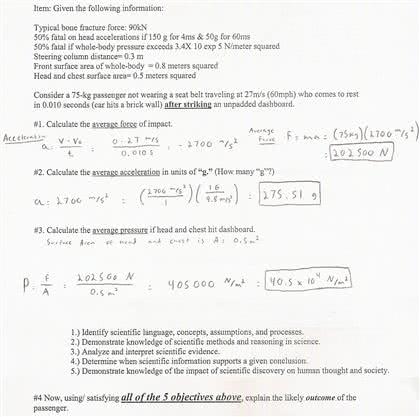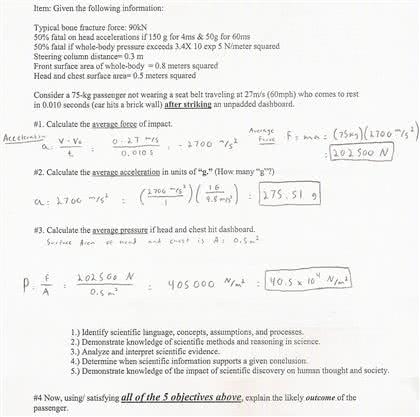PSYC 1000 Lecture : Weekly assignment 5

Divisions and Fragments in Ideas
Division is recognized between fragmented ideas that surround similar scientific
problems. In terms of the oxygen theory and phlogiston theory, both possessed similarities in
their destined choice to explore three processes that seemed inextricably connected to both
scientific theories. These scientific processes were; combustion, calcination and respiration, as
well as the theory of acid. Both theories were also very concerned with constitution of substances
and what constituents were particularly involved.
However, division between the theories was evident in the phlogiston’s preoccupation
with the principles of chemical reactions, to account for the qualities of the substances that were
involved in these reactions. Contrary to this, those who believed in oxygen theory did not
consider the aforementioned phlogiston question as a scientific question. This phlogiston
question was later adopted by chemists in the 20th century.
Another question of science concerned by those of the phlogiston party, had to do with
the origin and properties of metals and the commonalities between them. This scientific question
was later understood to be common knowledge with the introduction of the chemical revolution.
Moreover, the adoption of the universal metallic properties such as; malleability, ductility,
electrical conductivity and shininess. However, oxygen theory did not concern itself with these
questions of metallic nature at the time, even though it is something we recognize today as
important knowledge.
In comparison to phlogiston belief, members of oxygen theory possessed some
idiosyncratic thought patterns themselves as well. Oxygen’s preoccupation with what we
recognize today as changes of state in response to heat, in particular the specific chemical nature
of salt, was not of concern by those of the phlogiston party. It is relatively difficult to compare
phlogiston theory and oxygen theory on matters in question that do not operate in the same
domain; thus, division arises between the two.
Reference:
Kuhn, Thomas S. (2012). The Structure of Scientific Revolutions / Thomas S. Kuhn; with an
introductory essay by Ian Hacking. Chicago: The University of Chicago Press.
Chang, Hasok. (2012). Is Water H2O?: Evidence, Realism and Pluralism Chicago: Springer Netherlands
(Atlas Systems, Inc.)
Document Summary
Division is recognized between fragmented ideas that surround similar scientific problems. In terms of the oxygen theory and phlogiston theory, both possessed similarities in their destined choice to explore three processes that seemed inextricably connected to both scientific theories. These scientific processes were; combustion, calcination and respiration, as well as the theory of acid. Both theories were also very concerned with constitution of substances and what constituents were particularly involved. However, division between the theories was evident in the phlogiston"s preoccupation with the principles of chemical reactions, to account for the qualities of the substances that were involved in these reactions. Contrary to this, those who believed in oxygen theory did not consider the aforementioned phlogiston question as a scientific question. This phlogiston question was later adopted by chemists in the 20th century. Another question of science concerned by those of the phlogiston party, had to do with the origin and properties of metals and the commonalities between them.



